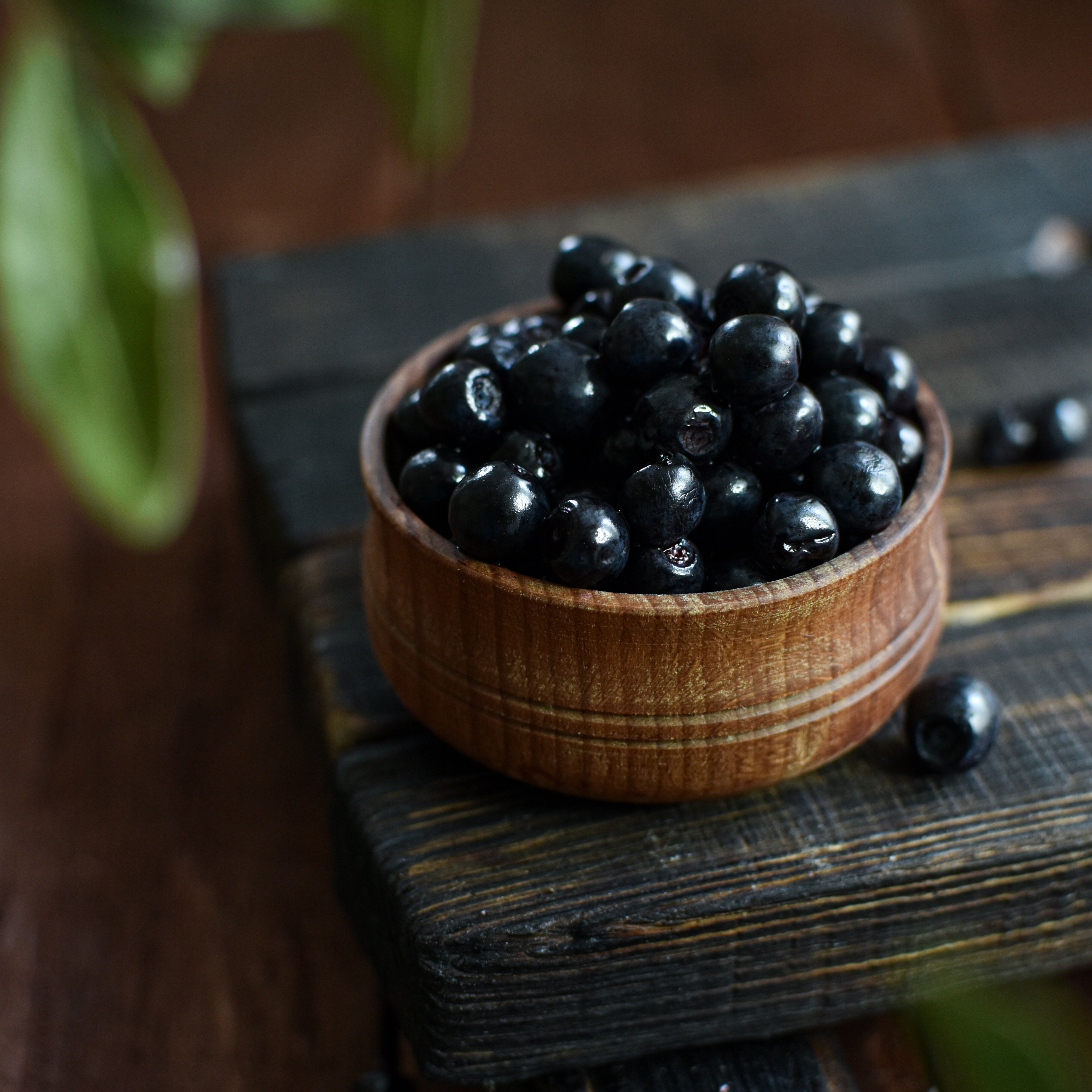
Introduction
Blackcurrants are flavorful and nutritious berries that can be grown successfully in the United Kingdom. With their tart taste and versatile uses, growing blackcurrants in your garden can be a rewarding experience. In this comprehensive guide, we will walk you through the process of growing blackcurrants, from selecting the right variety to providing the necessary care for a bountiful harvest. Let's get started!
Choosing the Right Variety
When it comes to blackcurrants, there are several varieties suitable for the UK climate. Here are some popular choices:
- 'Ben Lomond': A popular variety known for its high yields and excellent flavor.
- 'Ben Connan': This variety produces large, sweet berries and is resistant to certain diseases.
- 'Titania': An outstanding variety that offers large, juicy berries and is resistant to powdery mildew.
- 'Ebony': This variety has a compact growth habit, making it suitable for smaller gardens or containers.
Planting
Blackcurrants are typically propagated from bare-root plants. Follow these steps to plant your blackcurrants:
- Choosing a location: Select a sunny or partially shaded spot in your garden with well-drained soil.
- Preparing the soil: Clear the planting area of weeds and debris. Amend the soil with organic matter, such as compost or well-rotted manure, to improve fertility.
- Planting method: Dig a hole that is wide and deep enough to accommodate the blackcurrant roots. Place the plant in the hole, spreading out the roots, and backfill with soil, gently firming it around the roots.
- Watering: Water the plant thoroughly after planting to settle the soil and help the roots establish.
Growing
To ensure healthy growth and a bountiful harvest of blackcurrants, consider the following tips:
- Sunlight: Blackcurrants thrive in full sun to partial shade. Aim to provide them with at least 4-6 hours of direct sunlight each day.
- Watering: Keep the soil consistently moist, especially during dry spells. Blackcurrants require regular watering, particularly during their first year of growth.
- Soil conditions: Blackcurrants prefer well-drained soil that is fertile and rich in organic matter. Mulching around the plants can help retain soil moisture and suppress weeds.
- Pruning: Prune your blackcurrant plants in late winter or early spring to remove old and overcrowded canes. This will encourage new growth and better fruiting.
- Harvesting: Blackcurrants can be harvested when they are fully ripe and easily detach from the plant. Gently pick the berries to avoid crushing them.
Conclusion
Growing blackcurrants in the United Kingdom allows you to enjoy the tart taste and nutritional benefits of these versatile berries. By choosing the right variety, providing proper care, and addressing common challenges, you can cultivate healthy blackcurrant plants that add flavor to your culinary creations. Whether you use them in jams, desserts, or as a topping for yogurts and cereals, homegrown blackcurrants will surely enhance your culinary experiences. Happy blackcurrant growing!